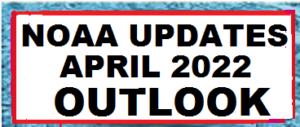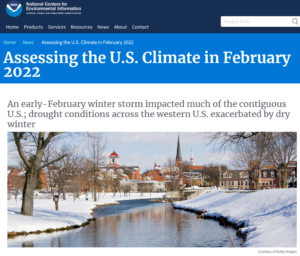JAMSTEC Issues their Seasonal Outlook based on April 1, 2022 Model Runs
Usually, I compare the JAMSTEC forecast with the NOAA forecast after NOAA Issues its Seasonal Outlook. But this month, JAMSTEC was very early so I thought I would share it with everyone now. NOAA calls their predictions an outlook but JAMSTEC calls their predictions a forecast. You need a scorecard. I am going to show their forecasts by month and by season and some of the indices they use in their model. They make world forecasts and for any readers who do not realize it, the U.S. is part of the world so it is covered by a world forecast. Of the season that includes our monsoon, I will extract and enlarge their forecast for North America.
I like the JAMSTEC forecast because the U.S. is part of the world and our weather is not independent of the worldwide weather pattern. In fact, most of U.S. weather originates in the Pacific Ocean and the Pacific Ocean is where Japan is located. In fact, Japan and the US jointly manage the monitoring system along the Equator that helps predict the phases of ENSO. So one of the reasons I include worldwide forecasts in articles is to encourage the understanding of worldwide weather patterns. It is not that the U.S. does not cooperate with other nations with respect to weather forecasts as it does. But to view weather forecasts on the Internet or TV you would not easily notice that.





